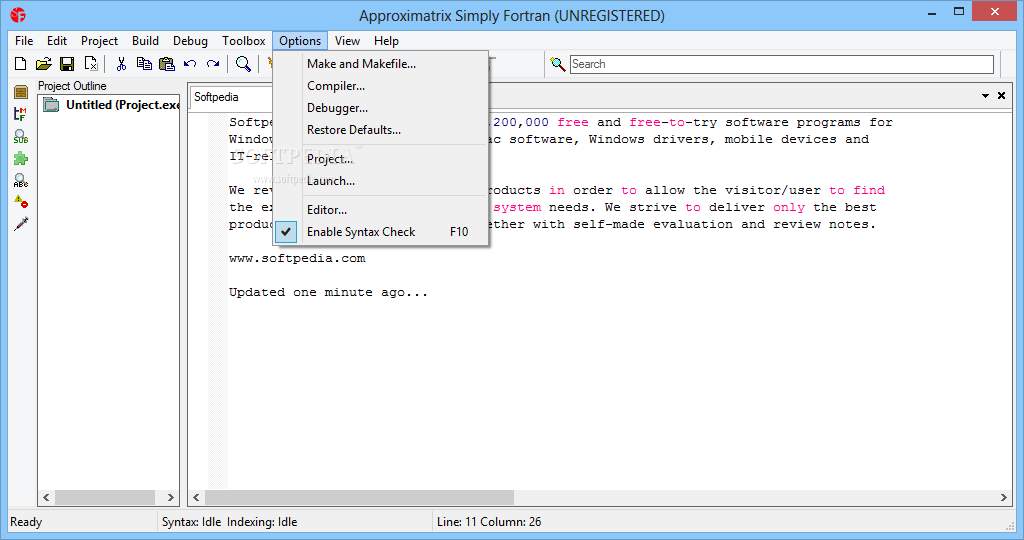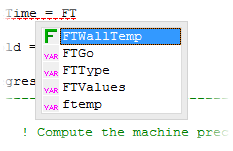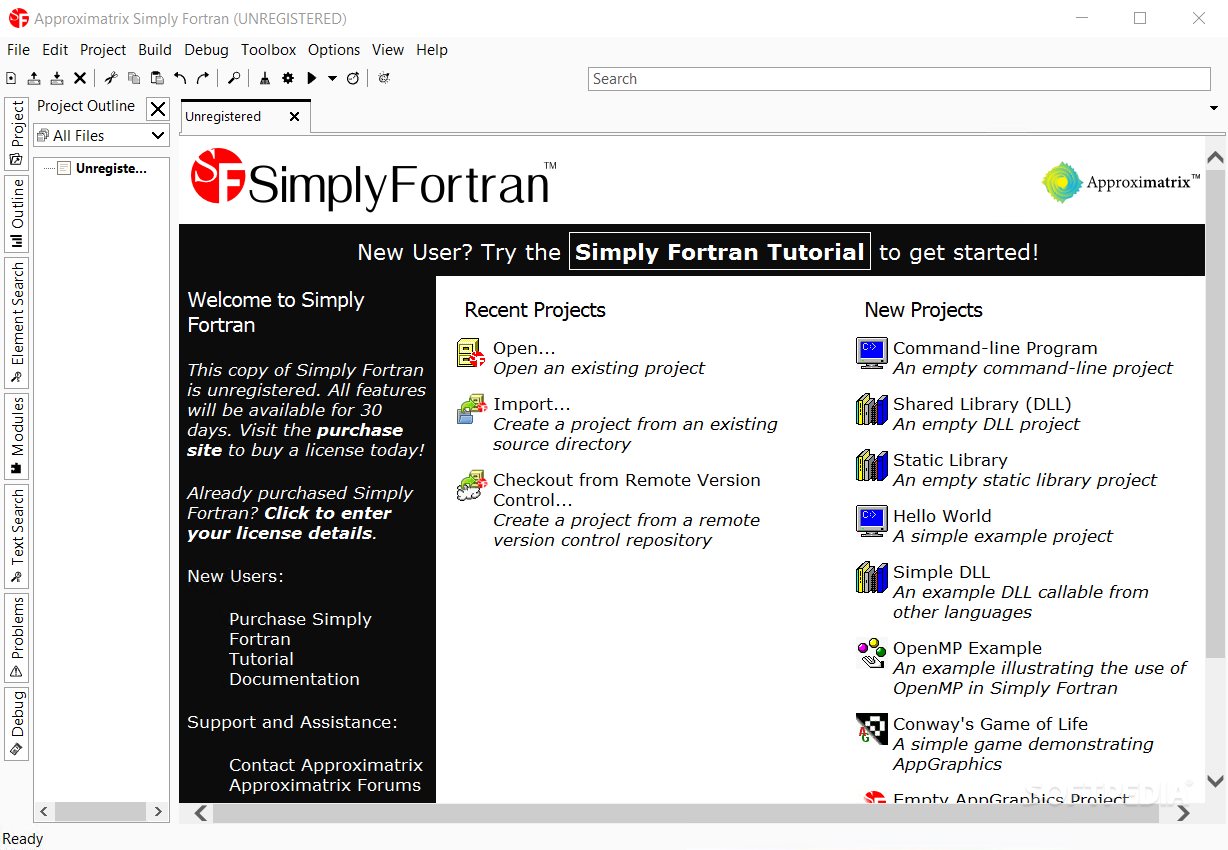

getmaxwidthįortran function getmaxwidth ( ) Description Returns the largest possible height of a window such that it will fit on screen. Returns the current window identifier getmaxheightįortran function getmaxheight ( ) Description Returns the current window used for all drawing operations. The screen height of one pixel on the deviceįortran function getcurrentwindow ( ) Description The screen width of one pixel on the device

The yaspect parameter will always be normalized to 10,000, with xaspect scaled accordingly. The values are returned via the two parameters. Retrieves the aspect ratio for the current window.

getaspectratioįortran subroutine getaspectratio (xaspect, yaspect) Description If double buffering is enabled, this will not necessarily be the visible page. Returns the page number of the graphics device where drawing is currently taking place.

to disableįortran function getactivepage ( ) Description The background window will no longer be able to respond to clicks, messages, or mouse events once disabled. This routine can effectively be used to simulate a modal experience by disabling a background window. The callback that responds to resize requestsįortran subroutine enablewindow ( window, enabled ) DescriptionĮnables or disables an entire window. The argument can specify a function to call whenever the window’s size changes.
Simply fortran appgraphics floodfill windows#
By default, new windows are not resizeable. enableresizeįortran subroutine enableresize ( callback ) DescriptionĮnables resizing for the current window. The id of the window to close or, optionally, a constant described aboveįortran subroutine disableresize () Descriptionĭisables resizing for the current window. The window_id parameter should be the window’s id as referred to by initwindow or one of the following constants: Constant If window_id is not included (Fortran only), this call will close all windows. closewindowįortran subroutine closewindow (window_id) DescriptionĬloses the specified graphics window or, optionally, all windows.
Simply fortran appgraphics floodfill driver#
A gate driver is a power amplifier that accepts a low-power input from a controller IC and produces the appropriate high current gate drive for a power device.The following functions provide routines for managing the window, including opening the graphics device and closing the graphics window. Power semiconductor devices are the heart of modern power electronics systems.Īs requirements for power electronics continue to increase, the design and performance of the gate driver circuitry are becoming ever more important. These systems utilize many gated semiconductor devices such as ordinary transistors, FETs, BJTs, MOSFETs, IGBTs, and others as switching elements in switched-mode power supplies (SMPS), universal power supplies (UPS), and motor drives. Modern technology evolution in power electronics has generally followed the evolution of power semiconductor devices. Power level requirements and switching frequency are increasing in the power electronics industry. The metal oxide semiconductor field effect transistor (MOSFET) and insulated gate bipolar transistor (IGBT) are two of the most popular and efficient semiconductor devices for medium to high power switching power supplies in most applications. The gate of a MOSFET or IGBT is the electrically isolated control terminal for each device. The other terminals of these devices are source and drain or emitter and collector. To operate a MOSFET/IGBT, typically a voltage has to be applied to the gate that is relative to the source/emitter of the device. In order to drive these switching devices into conduction, the gate terminal must be made positive with respect to its source/emitter. The power device switching behavior is affected by the parasitic capacitances between the three terminals, i.e., gate-to-source (C gs), gate-to-drain (C gd) and drain-to-source (C ds) which are usually non-linear and a function of bias voltage. Charging the gate capacitor turns the power device ON and allows current flow between its drain and source terminals, while discharging it turns the device OFF and a large voltage is blocked across the drain and source terminals.


 0 kommentar(er)
0 kommentar(er)
